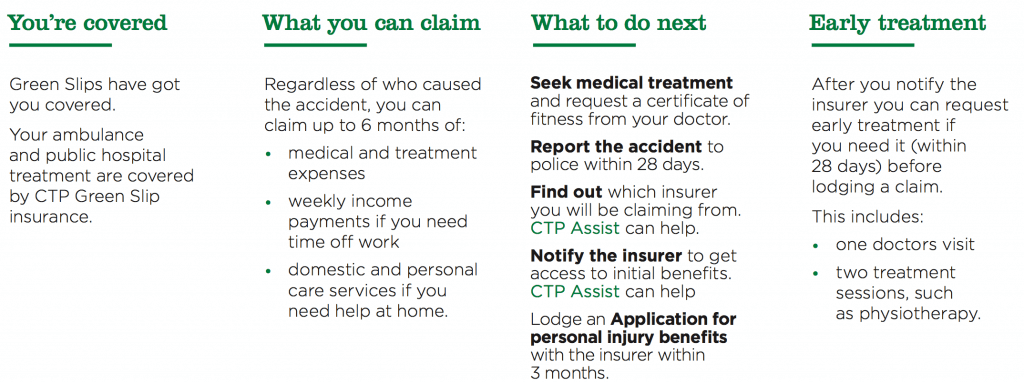Hot or Cold Pack?
Hot or Cold Pack?
When you are injured you may receive conflicting information on using heat or cold packs to reduce pain or swelling. Here is what you need to know:
- Heat: If it’s stiff or tight
- Cold: If it’s red, swollen and painful
Heat is used to increase blood flow to the area. The increased temperature soothes discomfort and increases flexibility by increasing circulation. The warmth can also reduce joint stiffness, pain, and muscle spasm; particularly useful in warming up stiff or scarred soft tissues before stretching or exercise.
How to use a hot pack?
There are two types of heat therapy: dry and moist. They are both achieve the same reults.
- Dry heat: This is in the form of heating pads and dry heating packs
- Moist heat: This is in the form of steamed towels, moist heating packs or hot baths
Use the heat therapy for no more than 20 minutes at a times. Be careful not to burn yourself and the temperature is ‘warm’ and not ‘hot.’ If the skin is red, give it some time to ‘air out’ before re applying the heat pack.
When not to use?
Be sure not to apply heat to an open wounds or burns. And definitely no heat if the area numb. Do not use it immediately after an acute injury
Cold pack
Cold temperatures reduced blood flow to a particular area, significantly reduce inflammation and swelling causing pain. It can temporarily reduce nerve activity, which can also relieve pain. Thus, cold packs are very effective at reducing swelling and numbing pain by constricting blood vessel.
How to use a cold pack
Generally it is acceptable to ice an injury over a period of 24 to 72 hours, applying cold packs for periods up to 20mins every 2 to 4 hours. When your skin starts to feel numb, it’s time to give your body a break from a cold pack.
When not to use?
Prolonged direct contact with cold can damage the skin and nerves so always make sure to wrap the cold pack in a towel. Also, if the individual has an abnormality of the nerve, vascular disease or cold hypersensitivity it is best not to use cold packs.
For more information on how we can further assist you, please call our clinic number on 0479 080 800 or send us an email on [email protected].
Our Physiotherapists are Medicare, NDIS, DVA and Work Cover approved, specializing in injury management and rehabilitation to get you back to full function.


















